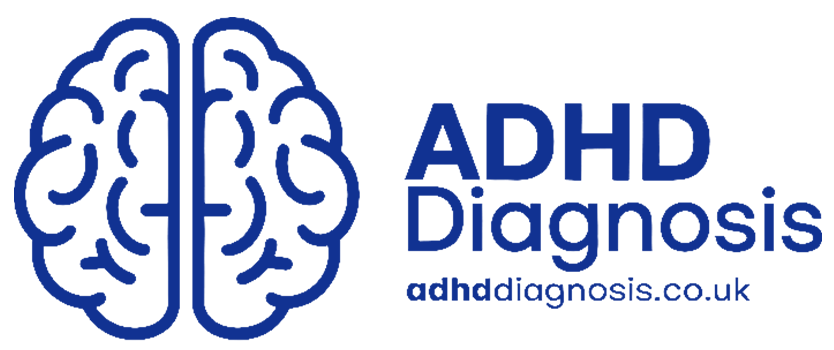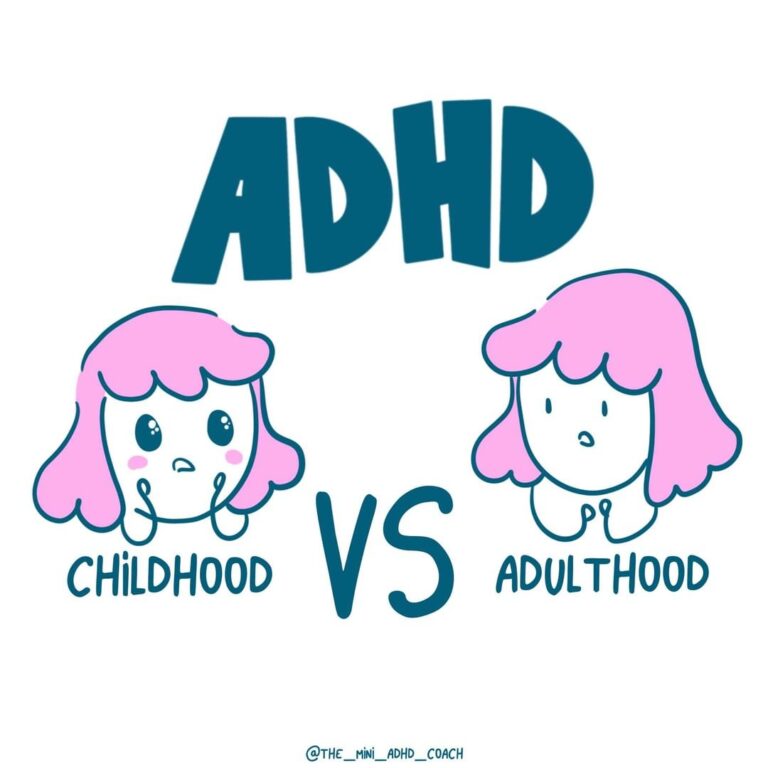An ADHD diagnosis marks the beginning of a new chapter. While it can bring a sense of relief, it also raises new questions: What now? What treatment options are available? How do you manage ADHD in everyday life?
After a diagnosis, you’ll typically have a follow-up appointment to discuss treatment. For many people, this includes medication such as stimulants (like methylphenidate or lisdexamfetamine) or non-stimulants like atomoxetine. Medication can significantly reduce core symptoms such as inattention and hyperactivity, making it easier to focus, stay organised, and manage emotions.
However, medication alone isn’t a cure. It’s most effective when combined with therapy and lifestyle changes. Cognitive Behavioural Therapy (CBT) can help manage negative thinking patterns, develop time management skills, and build routines. ADHD coaching is also gaining popularity for helping people set goals and improve productivity. Some individuals benefit from occupational therapy or workplace accommodations to reduce stress and improve performance.
Beyond formal treatment, peer support is invaluable. Online communities, support groups, and local charities like ADDISS offer a sense of belonging and shared understanding. These spaces provide practical advice, emotional support, and the reassurance that you’re not alone in your journey.
It’s also important to educate close friends, family, and employers about ADHD, so they can understand your challenges and strengths. With the right support network and treatment plan, people with ADHD can thrive in all aspects of life.
Adults with ADHD frequently underestimate how long tasks will take, leading to chronic lateness, missed appointments, and last-minute rushes. This happens because the brain’s internal clock — responsible for estimating durations and intervals — works differently in ADHD, disrupting planning and prioritisation.




